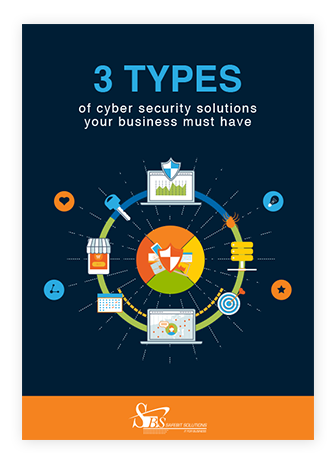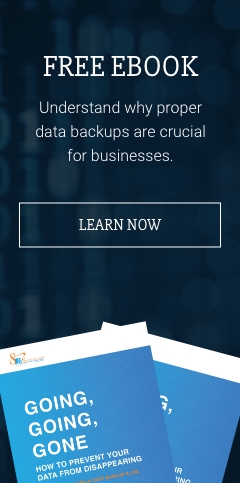There’s no such thing as a 100% secure computing infrastructure. Even with powerful modern encryption algorithms and multilayered security in place, there’s always a chance of a hacker exploiting an unknown vulnerability or stealing login credentials with a phishing attack. That’s why every business must prepare for the worst-case scenario and mitigate attacks before they cause irreparable damage.
Businesses take an average of six months to discover a data breach and two more to contain its effects. That’s more than enough time for the attackers to sell stolen data on dark web marketplaces and for fraudsters to misappropriate the stolen information. To reduce the time it takes to discover and contain a breach, you need a robust incident response plan backed by round-the-clock monitoring and complete visibility into your data.
Find out what was stolen
The first thing you should do is determine which records were compromised so you know what steps are necessary to mitigate the damage. Ideally, all data in your systems should have been classified beforehand and protected accordingly. For example, the least sensitive information includes anything that is already publicly available, such as names and street addresses. However, if any such data has been accessed by an unauthorized party, you’ll still need to alert those who it belongs to.
More sensitive data includes payment card information and account numbers, which should always be stored and transmitted using encryption. However, while stolen payment cards can be cancelled and are typically insured, the theft of personally identifiable data such as social security numbers and patient health information can be disastrous. Naturally, more steps need to be taken the more sensitive the exposed information is.
Lock down all accounts
Many data breaches don’t just target one system, and advanced attacks can gain access to an entire network through a single entry point. That’s why it’s better to be on the safe side and have your employees lock down all their online accounts, including their personal ones. Every password and security question and answer will need to be changed immediately, while any compromised server or computer should be disconnected from the internet until further notice.
This step is important for all victims, and it’s why the law requires you to inform your customers if you have any reason to believe their data might have been compromised whilst in your care. This will give them a chance to change their logins, delete their data, or close their accounts. You should always provide clear instructions and, for larger data breaches, the law requires that you also alert the authorities and a local media outlet.
Find out what went wrong
Figuring out what was stolen and having all those affected change their login passwords will help you reduce reputational damage as well as stay on the right side of the law. After these critical steps, you’ll want to focus on getting your systems back up and running and ensuring that such an attack can never happen again. To do that, you’ll need to find out exactly how a hacker got into the system.
The first step is to interview every employee in your organization. The vast majority of attacks begin with a phishing email or other social engineering scam, so you’ll want to know if your employees have seen anything suspicious. If they have, you can trace the attack from there. Another place to look is your vendors to find out whether the hackers found a way in via a third party. The biggest data breach in history, for example, occurred at the hands of an HVAC firm working with US retailer Target.
Evaluate your overall security
After containing the breach, review how your company resolved the crisis and assess the effectiveness of your backup procedures and security protocols. For example, if you noticed that compromised accounts were the source of the breach, you may need to invest in password management software, intrusion detection systems, and multifactor authentication.
This is also a good time to retrain employees on how to respond during an incident and provide cybersecurity awareness training to reduce the likelihood of cyberattacks in the future.
Has your business recently suffered a data breach? Safebit Solutions can help reinforce your network to ensure it never happens again. Call us today to learn more about our comprehensive technology solutions.
Download our free eBook!
Unsure how to keep your business data secure? Read our eBook and learn about the 3 Types of Cyber Security Solutions Your Business Must Have.



